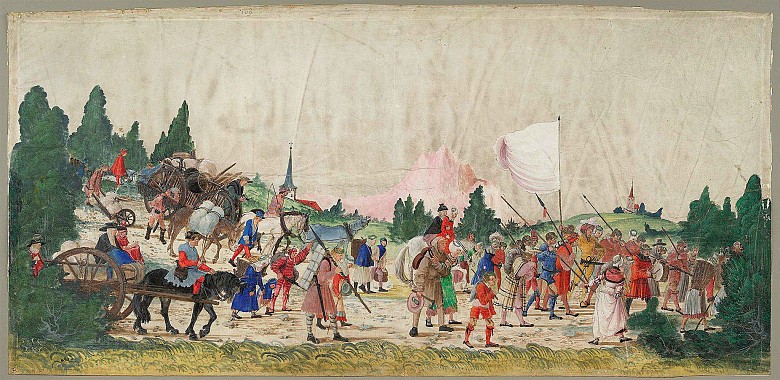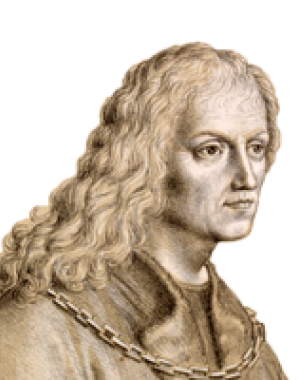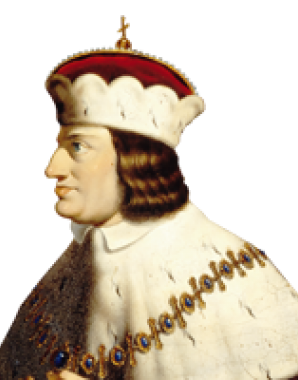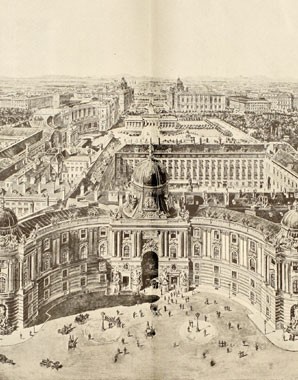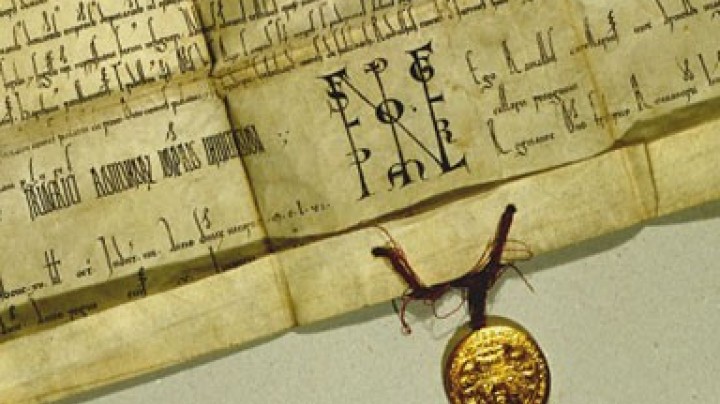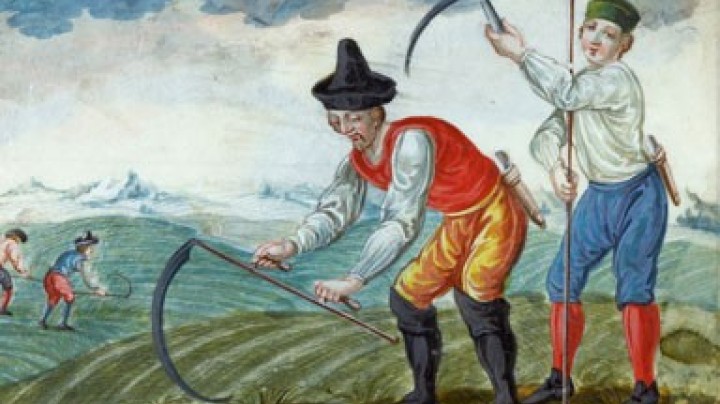A travelling orchestra for Maximilian I
The Habsburgs had had their own Court music ensemble ever since assuming the imperial title. Maximilian deployed it to enhance the splendour of his Court.
The imperial treasurer Balthasar Wolff wrote on 20 July 1498 to the Hubmeister (financial administrator) Hans Harrasser in Vienna.First, I place myself willingly and cordially at your service, dear Herr Huebmeister. His Roman Royal Majesty, our most gracious Lord, intends to form a band of musicians [capelle] at Vienna and has ordered Herr George N [Slatkonia] to be singing master, Bernhart Meder and Oswalt as basses, also six boys in mutation … to sing descant in the style of Brabant. He has earnestly commanded me to instruct you by virtue of your office as administrator to give the aforementioned singers payment for the coming year, namely 24 Rhenish gulden for the singing master, 16 for Bernhart and Oswalt and 12 for each boy, which comes to a total of 128, moreover [to supply] each and every one with tunic and hose of special cloth and also student caps, as you judge these may be required. Accordingly, as treasurer I command you in the name of His Royal Majesty to pay the wages and attire of the aforementioned singers, as stated above …. This you shall perform as His Royal Majesty commands. Issued at Freiburg im Breisgau on the 20th day of July, 1498.
The earliest record of a Hofkapelle, a Court band of musicians, dates from 1296: Duke Albrecht, a son of Rudolf I, named himself in a document ‘fundator capellae castris Vienensis’, founder of the palace Kapelle in Vienna. This was an ecclesiastical institution, connected to an all-boys schola cantorum. It employed an organist and a vocal ensemble for the musical accompaniment of processions and church services. Trumpeters and drummers, borrowed as needed from the army, were added for secular state ceremonies. The Kapelle was augmented by musicians from other ensembles – as yet, there was no permanent orchestra and the musicians were only loosely attached to the Court. Frederick II probably had a permanent ensemble with singers and instrumentalists of German or Burgundian origin.
Through his marriage Maximilian I acquired the famous Burgundian Court ensemble which specialized primarily in instrumental music; furthermore, in 1490 he also took over the Hofkapelle of Sigismund the ‘Rich in Coin’ of Tyrol and that of the emperor, Frederick III, as well after the latter’s death. He now had an internationally renowned ensemble at his disposal.
Music was given a new status at Court and gained in importance as an instrument to enhance the splendour of state occasions. In 1498 Maximilian I endeavoured to separate the church Kapelle from the music ensemble and may thus be regarded as the founder of the Hofmusikkapelle, the Court Music. This consisted of equal numbers of adult singers, boy choristers and instrumentalists; it was thus mainly a vocal ensemble and in the early fifteenth century numbered around fifty members. Although the Kapelle was based in Vienna, even the most renowned musicians had to tour with the imperial retinue throughout the realm to perform at Court ceremonies and festivities. The musicians were supposed to be paid in several instalments over the year, while expenses for travel and attire were reimbursed separately. However, they often waited in vain for their wages, as is evident from the despairing requests for payment from debt-ridden court musicians that have been preserved in the archives. The Hofmusikkapelle was dissolved after Maximilian’s death.
